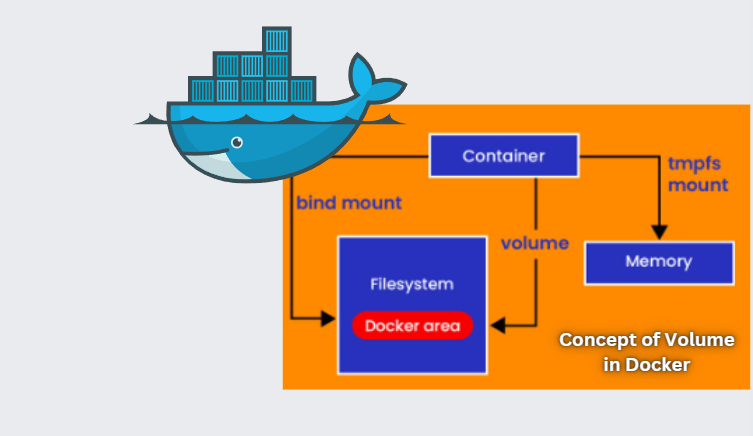Docker has not much build-in storage
 Avinash Tietler
Avinash Tietler
Docker's design philosophy prioritizes simplicity, portability, and efficiency rather than extensive built-in storage features.
Here are key reasons why Docker focuses on minimal storage and relies on external options for additional storage needs:
1. Modular and Lightweight Design
Docker is meant to be lightweight and modular. Containers are designed to be short-lived and stateless, making them easy to replicate, scale, and deploy across environments. Adding more built-in storage functionality would increase Docker's complexity and make it harder to maintain and scale efficiently.
With minimal built-in storage, Docker achieves portability and keeps its footprint low. This aligns with the principles of microservices, where each container should ideally only store temporary, volatile data unless persistence is explicitly configured.
2. Separation of Concerns
Docker’s design separates data storage from containerized application logic. Instead of having extensive storage capabilities, Docker provides volumes and bind mounts as simple, flexible ways to link to data.
For advanced storage, Docker encourages users to leverage external storage solutions (like NFS, cloud storage, or dedicated databases) or specialized orchestration tools like Kubernetes, which can connect to more complex and scalable storage backends.
3. Better Integration with Orchestration Tools
Docker is often run in conjunction with orchestrators like Kubernetes, Docker Swarm, or OpenShift. These tools provide more advanced storage features, including dynamic provisioning, replication, and support for distributed storage solutions.
This design lets Docker focus on running containers, while orchestration tools or external plugins manage persistent and distributed storage. For instance, Kubernetes supports Persistent Volumes (PVs) and Storage Classes, which enable flexible storage provisioning across clusters and diverse storage backends.
4. Flexibility with Storage Drivers
Docker’s storage drivers (like
overlay2,aufs,btrfs,zfs) are intentionally designed to be pluggable, allowing Docker to be compatible with various host filesystem types and operating systems. This gives users flexibility to choose a driver optimized for their workload without Docker managing extensive internal storage.By abstracting storage management to the filesystem layer, Docker can avoid the complexities of managing storage replication, recovery, and snapshotting internally, letting users select or configure storage drivers suited to their needs.
5. Focus on Stateless Architecture
Docker’s architecture aligns with stateless applications, where containerized services are meant to scale out and replicate easily, reducing dependency on local, persistent storage. For scenarios needing stateful data, Docker encourages external volume management or binding with cloud or on-premise storage solutions.
This stateless design also aligns with cloud-native application principles, where resilience, redundancy, and scaling are managed outside the individual container instance.
6. Avoiding Vendor Lock-in
- By not enforcing a built-in proprietary storage solution, Docker avoids vendor lock-in, making it more versatile for diverse infrastructures. Users can integrate Docker with network-attached storage (NAS), cloud-based storage (like Amazon EFS or Azure Files), or on-premises enterprise storage solutions without relying on Docker-specific technology.
Docker’s philosophy emphasizes flexibility, allowing users to choose storage systems that suit their infrastructure, scalability, and redundancy requirements. Externalizing storage decisions also allows Docker to maintain a lightweight core while being compatible with modern orchestration and cloud-native architectures that handle persistent and distributed storage better.
Subscribe to my newsletter
Read articles from Avinash Tietler directly inside your inbox. Subscribe to the newsletter, and don't miss out.
Written by
